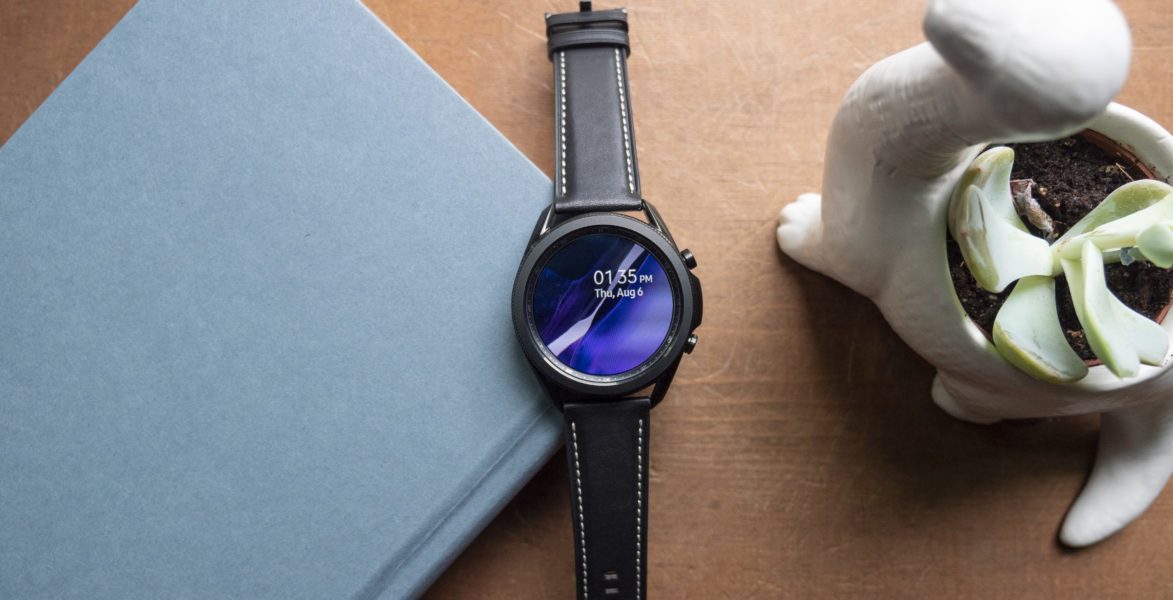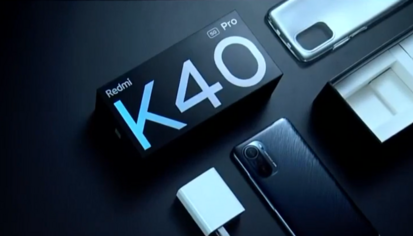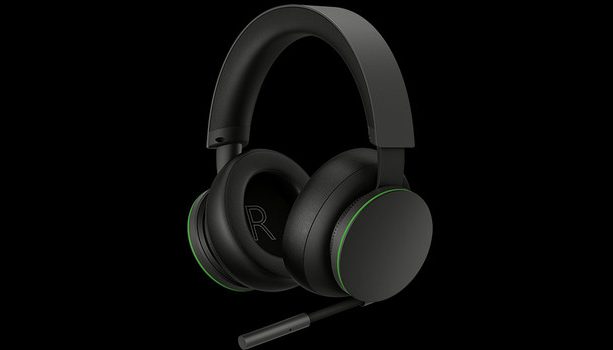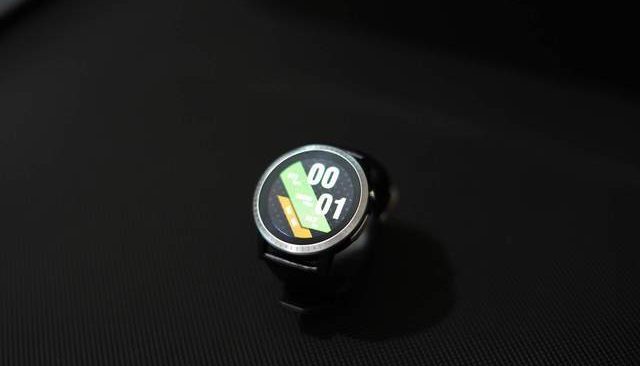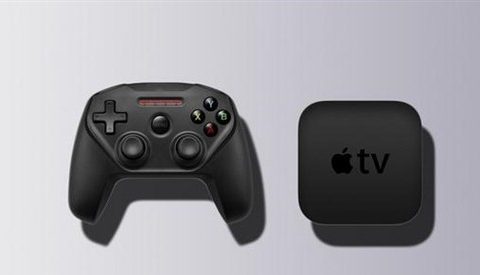Galaxy Watch 3 is arguably the best smartwatch for Android users, and one of the few wearables that can truly go toe-to-toe with the Apple Watch. But that doesn’t mean it’s perfect — there’s still room for improvement in hardware, and the software could stand a significant overhaul as well. The company has been playing it safe for a while, and the Samsung Galaxy Watch 4 represents a good opportunity to leap forward.
So, what can Samsung Galaxy Watch 4 bring?
More processing power and storage
Samsung hasn’t substantially improved the internals of its smartwatches since the original Galaxy Watch from 2018. The Galaxy Watch 3 still revolves around a dual-core Exynos 9110 chip, and the 4GB of built-in storage isn’t exactly spacious. It’s clear the Galaxy Watch 4 could stand some fresh internals, whether to improve responsiveness or offer headroom for new features.
Unfortunately, it’s not clear just what Samsung might do next. There aren’t any follow-ups to the Exynos 9110 as we write this. The simplest option might be an Exynos 9110 built on a newer manufacturing process (say, 7nm instead of 10nm), but that might not lead to a major leap in speed. There’s a real chance that any CPU upgrade for the Galaxy Watch 4 will be iterative unless Samsung introduces a genuinely new design.
There are still ways the company could boost performance, though. More RAM could help the Galaxy Watch 4 juggle more tasks at once, not to mention enable tasks that might require more memory. And a storage upgrade is both simple and frankly overdue — Apple has had smartwatches with 32GB of storage for a while, so there’s no excuse for Samsung to stick with 8GB.
More better sensors than last generation

The marvelous smartwatches are valuable health and fitness tools. Samsung already knows this and has features like ECG readings and blood oxygen monitoring, but there’s clearly room to grow for the Samsung Galaxy Watch 4. For that matter, it could improve the sensors that are already in place.
The most likely extra item is a blood glucose monitor. Rumors have already swirled of such monitors in both the Galaxy Watch 4 and the Apple Watch Series 7. Moreover, it simply makes sense. About 10.5% of the US population has diabetes, according to the CDC. If those diabetics can keep track of their blood sugar levels without drawing blood or wearing more than the Galaxy Watch 4, that could greatly improve their quality of life.
Whereas, we would like to see Samsung fix existing sensors. The GPS and heart rate sensors in the Galaxy Watch 3 are inaccurate at times. While the failures aren’t usually extreme, they’re enough to skew your fitness and health data. More accurate measurement could help the Galaxy Watch 4 compete against both conventional smartwatches and (in some cases) dedicated fitness watches.
Prior to anyone asks: no, we don’t expect Samsung to bring back MST. The company is clearly shying away from its magnetic card stripe emulator, having dropped it with the Galaxy S21, and you’re unlikely to see a change of heart by the time the Galaxy Watch 4 is available.
A better software ecosystem

The Samsung’s version of Tizen is considered one of the best wearable software platforms outside of the Apple Watch, and for good reason. Its circular interface is generally easy to understand, responsive, and even pleasing to use if you have a rotating bezel. It wouldn’t be at all surprising if the Galaxy Watch 4 included little more than a slight refinement of the experience you can see today.

